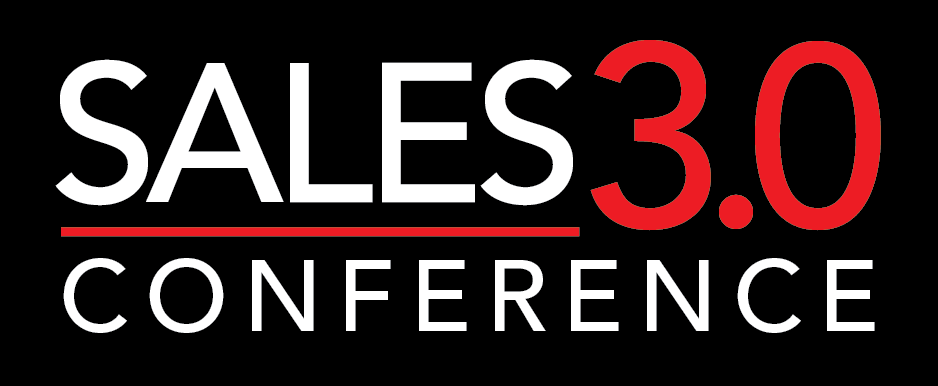You have no sales process. Your sellers aren’t hunting, they’re complacent. Your company has just acquired another or been gobbled up by private equity. Customer budgets are tight and your team isn’t making quota.
These are just a few reasons sales organizations invest in training. Selling can be challenging, even for the most experienced sales professionals. To keep pace, companies must continually upskill their teams.
However, many businesses do not know how to measure the return on investment (ROI) of their new initiatives. A recent survey showed:
- Only about a third (33%) of organizations measure the impact of employee training on financial outcomes.
- Nearly half (46%) find that demonstrating return on investment (ROI) from employee training is a challenge.
In a competitive climate, organizations are taking a hard look at expenses. Teams are leaner, budgets require measurable outcomes, and activities need to be tied to performance.
Sales leaders must maximize the impact of their sales training investment to prove the value of these essential programs.
How to Measure Sales Training ROI
Continuous measurement of the right metrics will ensure you’re getting the most ROI from your sales training, offer a full picture of what’s working, and identify areas where you can improve performance. And, by proving ROI, you’ve got a better chance at getting support for future programs.
The main goal of sales training is to increase revenue. This can be broken down into two main objectives: improve skills and improve engagement.
ROI Goal #1: Improve Selling Skills
Why do companies care about training their sales professionals? To ensure that they have the skills to maximize every revenue opportunity.
The best way to do this is through a combination of formal training and ongoing reinforcement. This gets sales professionals ready quickly during onboarding, supports them with coaching from managers and peers, and provides them with the ability to improve proficiency over time.
ROI Goal #2: Improve Sales Professional Engagement
You might not associate training with the morale and overall well-being of employees. But most sales training has a positive impact on employee engagement, and engagement has both intrinsic value and far-reaching business benefits.
Research shows that highly engaged employees perform 17% better and have 59% lower turnover. According to Forbes, losing 25% or more of your sellers every quarter is common, and just a 5% increase in sales rep attrition can increase selling costs 4-6%.
Beyond the direct costs of employee attrition, high turnover indirectly contributes to an organization’s costs through lost selling time and the need for additional new-hire onboarding, training, and coaching.
Training on a consistent sales process establishes a stronger sense of connectedness because the team shares a common language, defined milestones, and transparent goals.
Good sales training can also build a stronger culture. Sales training that empowers sellers to help themselves, help each other, and receive recognition for their efforts will keep them more engaged and reduce turnover.
Another key benefit of sales training is to support sales managers. The skill level of your sales managers has a direct impact on the well-being of the sellers they supervise.
Managers who can identify and fix skill gaps have control over the development process of their team. This helps them be more certain of seller capabilities and get better results. It also makes them more engaged, which, in turn, they pass along to their team.
How to Measure Sales Training ROI
One way to measure the impact of sales training is to measure results at agreed-upon intervals to determine “before and after” success. You can also look at the impact of sales training on your pipeline to better understand how it’s driving deals forward.
This way, you can not only look at lagging indicators (deals won or lost) but also drill into the process to determine, for example, how quickly deals advance in sales cycles or how opportunity advancement maps to competency attainment (cold-calling, pitch delivery, objection handling, etc.).
This deeper analysis helps you identify how training influences the sale and reveals competency gaps for underperforming sales professionals so you can focus on the areas of greatest need.
For many organizations, citing anecdotal evidence isn’t enough to justify the investment in sales training. The good news is that many of the numbers you need are already in your database and simply need to be compared over time as you roll out training programs.
All these measurements provide empirical before-and-after evidence of the impact of sales training initiatives:
- Time to First Deal: Increasing time to productivity (for new reps) means your cost of hiring goes down and your first-year revenue per rep goes up.
- Average Selling Price (ASP): If you sell 500 deals annually with an ASP of $50,000, increasing that number by even 2% results in a revenue impact of $500,000.
- Average Contract Value (ACV): Like ASP, ACV increases reflect a steadier stream of revenue, where a small percentage increase can have a huge revenue impact.
- Number (or Percent) of Reps Making Quota: While other metrics provide a more precise measure of financial impact, an increase in quota attainment leads to greater team stability and job satisfaction as well as lower turnover.
- Number of Deals per Capita: The number of per capita deals per fiscal period—especially while maintaining or increasing your ASP—is a clear reflection of productivity.
- Attrition: Attrition is another key indicator, because it’s closely related to sales success and an expensive problem when it’s too high. By engaging your sales professionals with sales training, you can improve performance and reduce attrition.
Start Measuring Sales Training ROI
The right sales training can have a significant impact on your bottom line. However, most organizations today fail to measure the effectiveness of their training programs.
Sales leaders, make it a priority to measure the impact of sales training on the metrics that matter most to your organization.
You’ll shed light on where your team is shining and where it’s falling short. Then, you can adjust to get the biggest ROI from your training and ensure your sales professionals are always ready for every selling situation.

Michelle Richardson is the vice president of Sales Performance Research at The Brooks Group, where she spearheads industry research initiatives, oversees consulting and diagnostic services, and facilitates ROI measurement processes with partnering organizations.




